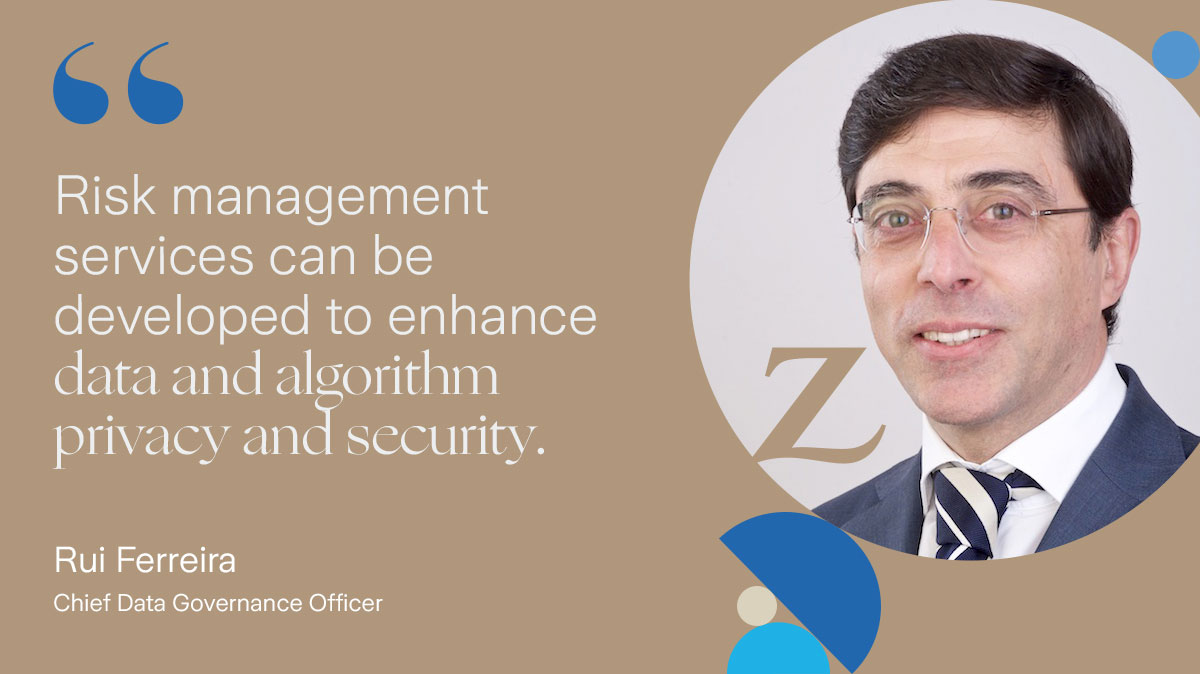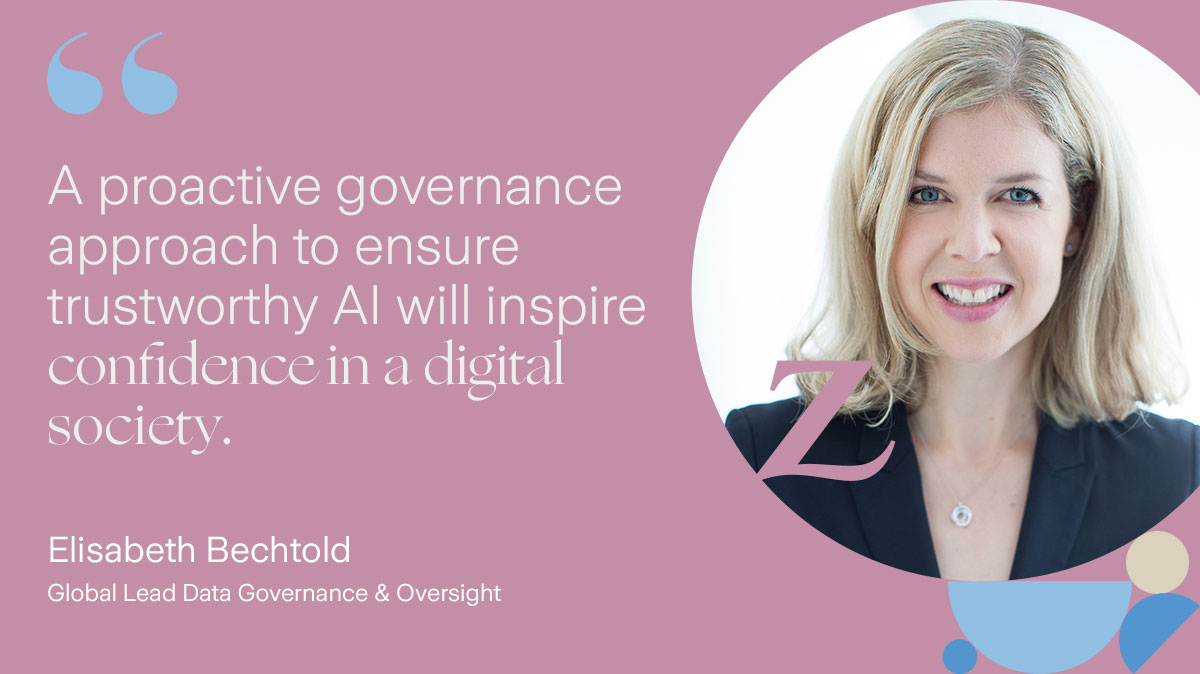Artificial intelligence gives rise to ‘algorithmic liability’
Digital, data and cyberArticleJuly 29, 20214 min read
An increasingly digitized society is facing rapidly emerging risks as decisions made by algorithms and artificial intelligence are playing a larger role in everyday life.
A recently released white paper, “Artificial Intelligence and Algorithmic Liability - A technology and risk engineering perspective” points out that unleashing the power of data and artificial intelligence creates “endless business opportunities to ultimately improve the quality of our lives.” But with those opportunities, the report warns, comes a “broad spectrum of risks encompassing not only regulatory compliance, but also liability and reputational risk if algorithmic decision-making triggers unintended and potentially harmful consequences.”
The white paper, produced by Zurich Insurance Group and Microsoft Corp., details the growing notion of AI algorithmic risk and suggests ways risk managers and insurers can manage it. The analysis includes an in-depth look at relevant cases in the areas of product liability, professional indemnity and medical malpractice that can provide guidance in minimizing the exposure and potential harm to customers and an organization’s reputation.

What is AI algorithmic risk?
The risk is defined by the paper as arising from the use of data analytics and cognitive technology-based software algorithms in automated and semi-automated decision-making. If the algorithms fail to perform as expected, the result can be losses from property damage, business interruption, personal injury, professional liability, medical malpractice and cyber exposures.
Managing AI algorithmic risk is particularly important because there are few insurance products that will cover it. The insurance industry is just beginning to understand the risk and develop coverage that will address it, according to the report, because of a lack of loss experience data and models that can estimate the frequency and severity of potential losses.
“Moreover,” the report notes, “because of the interconnectedness of business, losses associated with AI risks may spread fast across the world, increasing substantially the accumulation of risk and raising insurability issues due to the lack of risk diversification.”
Managing AI risks
There are specific risk management services that insurers can potentially offer to large companies and small to medium-sized enterprises, focusing on issues throughout the AI algorithm development life cycle, from data input to decision making.

The report suggests, for example, steps that can be taken to address product liability risk associated with AI algorithms.
As the use of AI becomes ubiquitous in sectors such as transportation and manufacturing, safety will be paramount for human-machine interactions, the white paper points out. “Product defects could even result from communication errors between two machines or between machine and interface,” it notes.
Using aerospace and autonomous vehicle manufacturers as examples of where the product liability risk could arise, the report suggests a risk management approach should include:
- A systematic risk analysis and examination of the proposed AI system to uncover potential failures
- Establishing performance metrics based on the sensitivity and use of the system to ensure targets are achieved
- Building correction mechanisms and/or fallback options to detect and correct underperformance or allow human interaction to rectify issues
- Maintaining a version control system to document development and history of the AI system
- Adherence to best practices for responsible use of technology
- Adoption of standards and/or certification of the AI system, which can provide assurance of technical performance and adherence to ethical standards

Technology companies and insurers can work together to help mitigate emerging AI algorithm risks across industries. Insurers such as Zurich have a long history of encouraging use of best practices and finding innovative solutions to unfamiliar exposures, while technology companies bring firsthand insight into cutting-edge methods to reduce risk from development through deployment of complex systems. This cross-industry collaboration can help raise public confidence and trust in these systems that are increasingly becoming part of all our lives.






